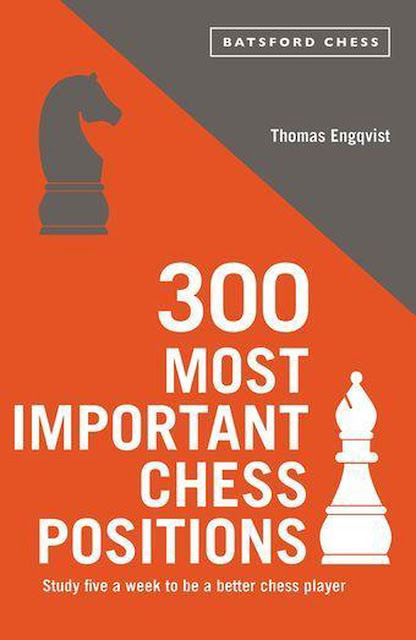The Rise of the Chess Punks: A New Wave of Chess Prodigies
The chess world has witnessed several evolutions, from the romantic era of sweeping tactical strokes to the modern period of deep strategic comprehension. Yet, no shift has been as startling as the phenomenon of the 'Chess Punks'. It's an intriguing pattern that deviates from the conventional approaches of the past and perplexes the grandmasters of yore.
Understanding Chess Punks
The term 'Chess Punks' stands for Chess Puzzling Undulating Non-Deterministic Kids Semantics. At a glance, it sounds eclectic, and that's precisely the spirit. These are players, often young prodigies, whose play is characterized by unexpected, sometimes inexplicable, decisions. A peculiar blend of utter brilliance and sporadic blunders, they can play several games with unparalleled accuracy and then make moves akin to an under-2400 player.
The Flagbearers
Hans Niemann, Praggnanandhaa, Gukesh, Abdusattorov, and Firouzja have been at the forefront of this Chess Punks movement.
Hans Niemann, often dubbed as the trendsetter, consistently deploys unorthodox strategies. His games are a cocktail of jaw-dropping tactics and sudden basic oversights.
Praggnanandhaa and Gukesh, both Indian prodigies, have showcased their prowess by demolishing seasoned grandmasters using uncharted lines and displaying an uncanny ability to adapt to the intricacies of hyper-modern chess.
Abdusattorov, meanwhile, is a tactical genius, often delving into complexities that make even top engines scratch their digital heads.
Lastly, Firouzja has stunned many with his aggressive and dynamic style, truly embodying the Chess Punks spirit.
Clash with Tradition
It's puzzling for the stalwarts trained in classical chess ideologies. Vladimir Kramnik, for instance, who belongs to the renowned lineage of the Pioneer Palace set up by Botvinnik, finds this trend baffling. For him, and many others, chess is a deeply strategic and principled game. The chaotic, unpredictable patterns of the Chess Punks challenge these classical notions, making them question the very essence of their understanding.
The Age of Digital Chess Revolution
The ascendancy of the Chess Punks is not merely coincidental. The contemporary era is marked by 4000 Elo chess engines, Puzzle Rush, and an undeniable emphasis on hyper-concrete chess.
For years, humans approached chess with general principles. But with engines such as Stockfish and AlphaZero peaking beyond the 4000 Elo mark, they're providing insights into positions that were previously seen as non-human. Their hyper-concrete evaluation of positions, unburdened by human cognitive biases, reveals that sometimes the best move might be to 'drop' a piece or push a pawn like h4 aggressively, breaking all established norms.
These prodigies, the Chess Punks, are keenly attuned to these engine-like evaluations, and they've begun to incorporate this 'non-human' understanding into their games. They're not just playing by instinct; they're reshaping the contours of modern chess.
Conclusion
The Chess Punks movement is a testament to the evolving nature of chess. While it may seem baffling to traditionalists, it embodies the spirit of adaptability. These young prodigies are showcasing that in an age of hyper-accurate engines and rapid digitalization, it’s essential to evolve and adapt. The undulating pattern of brilliance and error, the combination of human intuition and engine-like precision, makes for a captivating spectacle, marking the dawning of a new era in the chess world.
So, as we look ahead, the Chess Punks remind us of one thing: Chess, as with life, is about evolution, and those who adapt, thrive. In this era of h4 pawn thrusts, digital tactics training, and super-strong engines, it’s clear that the future belongs to the punks.




Comments
Post a Comment